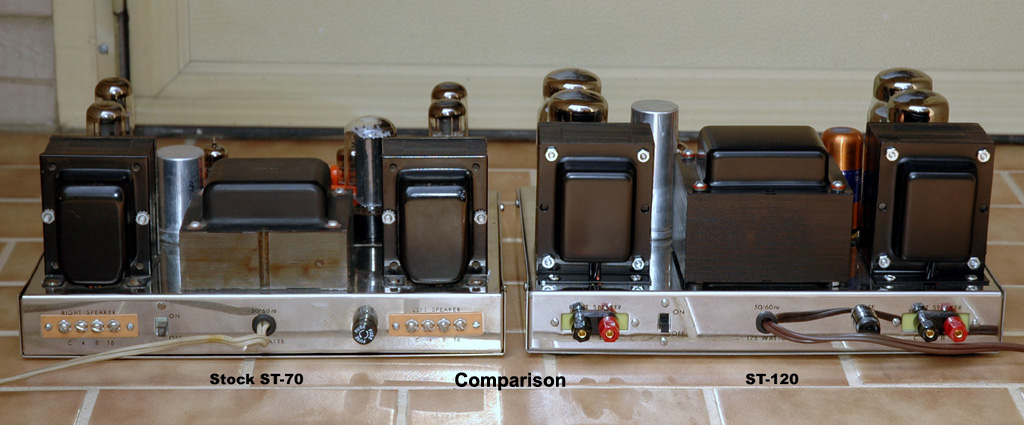RogerMod
Member
There seems to be some confusion about biasing a tube amplifer. I would like to ask the readers here to give their thought on what are we adjusting and what are we measuring when we adjust a tube amplifer's bias.
If one were discussing his amplifier with another person what would be the proper language to use?
Why do we care about bias so much? How does it affect sound? How does it affect tube life?
When you measure bias do you put your meter on a mV scale or a mA scale?
Even it you find this too much to answer at least give it some thought.... or just do what the manufacturer says to do.
If one were discussing his amplifier with another person what would be the proper language to use?
Why do we care about bias so much? How does it affect sound? How does it affect tube life?
When you measure bias do you put your meter on a mV scale or a mA scale?
Even it you find this too much to answer at least give it some thought.... or just do what the manufacturer says to do.


